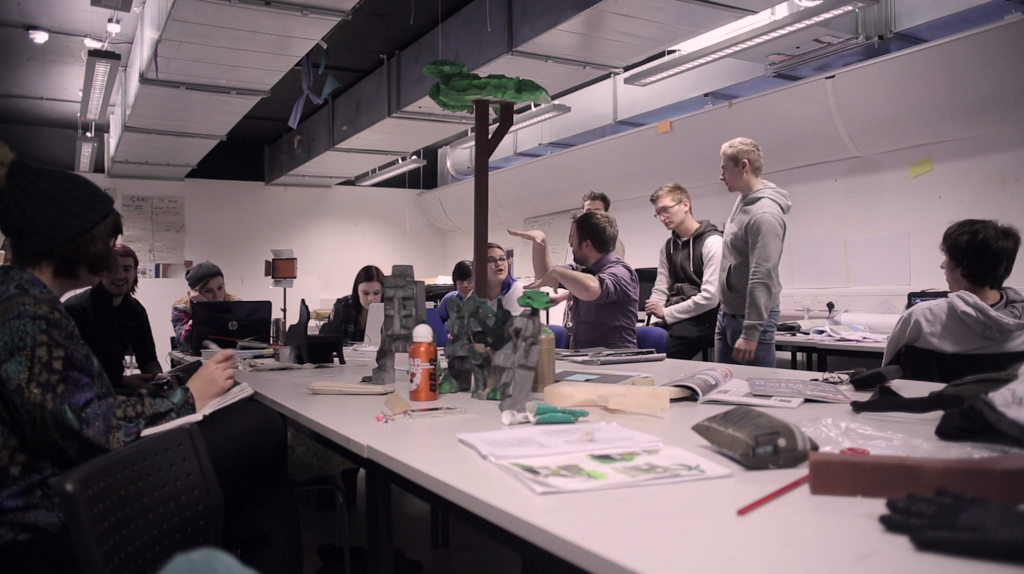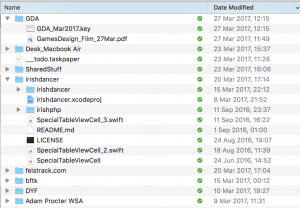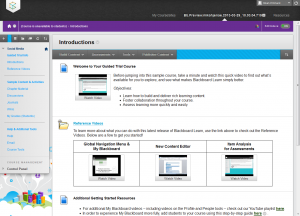Studio based practice fosters collaboration and iteration with a flat hierarchy. In doing so the studio environment promotes innovation, enables fear-free collaboration and supports new learning. Conversations and ideas can cross all levels of understanding. In our context undergraduate, tutor and professor cross over via the use of the physical studio.
The theory of scaffolding (Bruner) also applies where students can gain support for their learning from their peers, their tutors and also through their tools. These include the Zone of Proximal Development (Vygotsky) which describes how individual learners can extend the amount they learn when they are connected to other more knowledgeable individuals. (Wheeler.S, 2014)
The institutional teaching and learning interfaces, Blackboard et al do not extend the concept of studio based practice. They merely provide an often cumbersome content delivery system which is unyielding and dull. The system in no way embrace’s current teaching theory but languishes behind as an outdated filing system.

This scenario has led to a tension between personalised learning networks (PLN), web 2.0 and other technologies that students regularly engage with on a daily basis and the outdated institutional systems that support their structured learning.
Students utilise personal learning environments they are comfortable with. These environments are often silos that mainly facilitate individual and personal filing of objects related to learning and knowledge acquisition.
The controlled institutional system inherently supports and reinforces a top down hierarchy of learning.
Both are in contrast to studio based practice which actively promotes the idea of a Community of Practice.
Communities of practice are groups of people who share a concern or a passion for something they do and learn how to do it better as they interact regularly. (Wenger-Trayner, E. and Wenger-Trayner, B. 2015)
Studio based Learning
Education must begin with the solution of the student-teacher contradiction, by reconciling the poles of the contradiction so that both are simultaneously teachers and students. (Freire, 1970)
Within a University environment specifically we should all be learning. Learning is not a one way flow but a co-determining situation between tutors and students. Learning should be an environment, an ecology in which not only cognitive but also affective events happen. If an institution’s systems are designed to support this principle they would also need to be hierarchy free – a decentralised system.
He who receives an idea from me, receives instruction himself without lessening mine; as he who lights his taper at mine, receives light without darkening me. That ideas should freely spread from one to another over the globe, for the moral and mutual instruction of man. (Jefferson, 1813)
Experiential learning and constructivism have been used in teaching of Art & Design since its inception. The Bauhaus and the ULM design models are clear markers for this type of teaching. However it can be argued that studio based learning starts back with the notion of the apprentice in the atelier and even further to the guilds of the Middle Ages, centred primarily on the arts and crafts. Apprentices worked and learned skills in the studio with the master designer or artist.
The idea is to think of a classroom/community/network as an ecosystem in which each person is spreading their own understanding with the pieces the available in that ecosystem. The public negotiation of that ‘acquisition’ (through content creation, sharing) provides a contextual curriculum to remix back into the existing research/thoughts/ideas in a given field. (Cormier, 2012)

The studio provides this space and the projects engage in all type of activity to support learning be that by doing (Piaget,1950) and/or making (Papert, 1960). Thinking-through-making is key.
However within the studio all learners undertake independent investigation and now the vast majority of that investigation is digital or digitised. The practice of pinning up work within the studio is designed to facilitate the growth of the community, the sharing of this data. However institutional digital tools provide no true mechanism to support this process alongside the studio and PLE are very personal; sharing is a secondary feature.
If I have seen further, it is by standing on ye shoulders of giants. (Newton, 1675)
Section Bibliography
- Anderson, T., 2008. The Theory and Practice of Online Learning, Athabasca University Press.
- Cormier, D., 2012., Trying to write rhizomatic learning in 300 words. Available at: http://davecormier.com/edblog/2012/12/13/trying-to-write-rhizomatic-learning-in-300-words/ Accessed April 12, 2017.
- Freire, P., 2014. Pedagogy of the Oppressed, Bloomsbury Publishing USA.
- Jefferson, T. & Washington, H.A., 2011. The Writings of Thomas Jefferson, Cambridge University Press.
- Papert, S. (1980). Mindstorms. Children, Computers and Powerful Ideas. New York: Basic books.
- Piaget, J., & Cook, M. T. (1952). The origins of intelligence in children. New York, NY: International University Press.






Start the discussion at discourse.adamprocter.co.uk